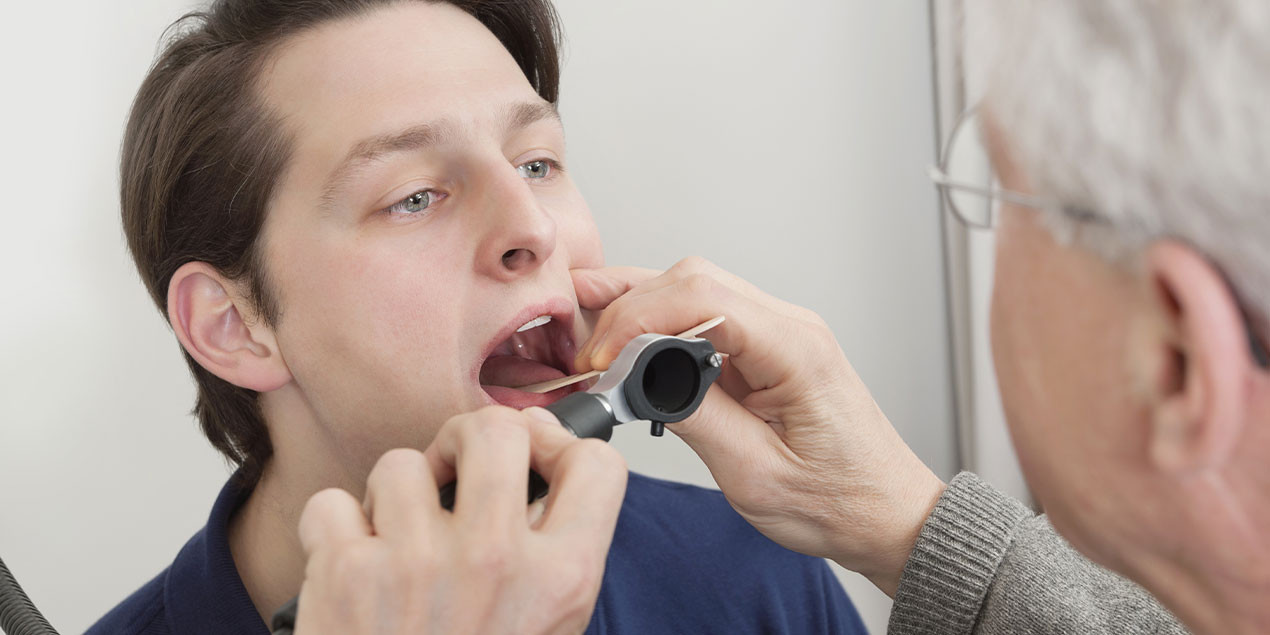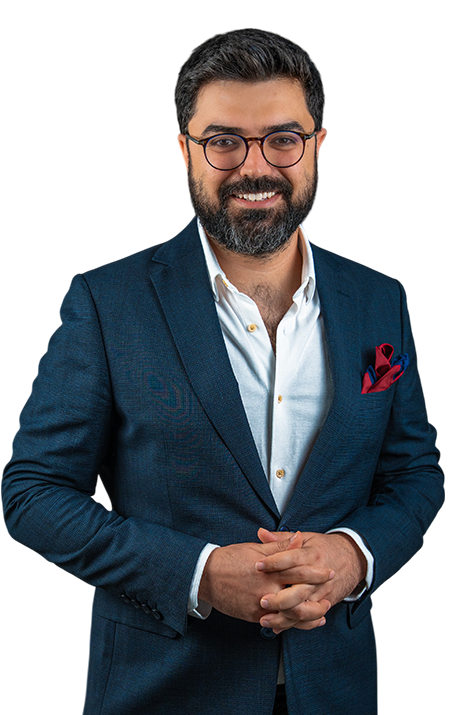Have you ever noticed that your child—or even yourself—snores, sleeps with their mouth open, or frequently suffers from a sore throat? Enlarged adenoids can affect not only your breathing and sleep comfort but also your daily energy levels and immune system. At our private clinic in Istanbul, Adenoid Surgery (Adenoidectomy) performed by our experienced ENT specialists with advanced surgical technology offers a permanent solution for adenoid-related complaints in both children and adults.
What Is Adenoid Surgery?
Adenoid surgery refers to the surgical removal of the swollen lymphoid tissue located at the back of the nasal cavity. Using advanced techniques:
- Purpose: To remove the tissue causing airway obstruction and recurrent middle ear infections or sinusitis with minimal trauma.
- Technique: Adenoid excision with endoscopic, curette, or laser-assisted (diathermy) methods; performed via the mouth or nose without leaving external scars.
- Duration: Approximately 20–40 minutes; a safe and comfortable procedure under general anesthesia.
Why Is Adenoid Surgery Preferred?
- Permanent Breathing Comfort: You can breathe easily through your nose instead of mouth breathing and snoring.
- Goodbye to Recurrent Infections: Reduces middle ear infections (otitis media), sinusitis, and upper respiratory tract infections.
- Improved Voice Tone: Eliminates the “nasal” sound caused by blocked speech.
- Better Sleep Quality: Uninterrupted sleep through the night and waking up refreshed.
- Minimal Scarring and Fast Recovery: Performed through the mouth or nose with a return to daily life within 1–2 days.
- Child-Friendly Approach: Our colorful, smile-filled rooms and parent-supported comfort zones ensure happy little guests.
Who Is a Candidate for Adenoid Surgery?
- Children Aged 3–12: Those with persistent nasal congestion, mouth breathing, or hearing loss complaints
- Adults: Those experiencing recurrent sinus or ear infections, or showing signs of chronic snoring or sleep apnea
- Those with Enlarged Adenoids and Turbinate Hypertrophy
- Cases Unresponsive to Medical Treatment
Note: Ideal candidates are in good general health, without bleeding disorders, and with no active respiratory infection.
Preoperative Preparation Process
1. Free Consultation and Endoscopic Examination
The back of the nose and nasopharynx are examined with an endoscope to determine adenoid size and accompanying pathologies.
2. Imaging and Hearing Test
Reflexometric tympanometry may be used to assess nasal bone structure and middle ear pressure.
3. Blood Tests and Anesthesia Assessment
Complete blood count, coagulation profile, and approval from the anesthesiologist.
4. Information & Family Support
Procedure steps, risks, discharge plan, and a tour of our iconic “blue comfort room” help ease any anxiety.
5. Appointment and Preparation
6–8 hours of fasting on the day of surgery; comfortable, pajama-style clothing is recommended.
How Is Adenoid Surgery Performed?
1. Anesthesia: General anesthesia (for children and adults) or sedation + local anesthesia.
2. Access Method:
- Curette Excision: Fast and effective; tissue is scraped with a small tool.
- Diathermy/Laser: Simultaneous cutting and coagulation with minimal bleeding.
- Endoscopic Assistance: Optical visualization ensures precise tissue protection.
3. Tissue Removal: After excess adenoid tissue is removed, the area is gently checked and cleaned with gauze.
4. Operation Duration: 20–40 minutes; followed by 30–60 minutes of observation in the recovery room.
The Importance of Choosing the Right Doctor
Adenoid surgery requires a team that ensures both airway clearance and lasting functional comfort:
- ENT (Otorhinolaryngology) Specialist: Certified in adenoidectomy with pediatric and adult surgery experience
- Endoscopic Surgery Expertise: Precise tissue protection with optical guidance
- Anesthesia Team: Experience in pediatric and adult general anesthesia
- Empathetic Communication: A supportive approach for both patient and family with realistic expectations
- Sterile Clinical Standards: Single-use equipment, hygiene protocols, and a comfortable service environment
Surgery Day: What to Expect?
- Preparation and Anesthesia Consultation: Vital signs check and introduction to the anesthesia team
- Curette or Endoscopic Procedure: 20–40 minutes of adenoid tissue removal
- Recovery and Initial Observation: 30–60 minutes of monitoring, pain and nausea management
- Hospital Stay: Standard: 1 night; child comfort package includes rooms equipped for play therapy
- Discharge Instructions: Soft diet, mild gargle use, and pain medication guidelines
Recovery Process
- 1–3 Days: Mild sore throat and difficulty swallowing are normal; liquid and soft foods are recommended.
- 1 Week: First follow-up; if there are no stitches or packing, dressing is reviewed.
- 2 Weeks: Normal nasal breathing and improved voice tone; restful sleep achieved.
- 1 Month: Infection tendencies are fully resolved; adenoid-related complaints disappear completely.
Frequently Asked Questions
1. Can adenoids grow back?
Rare in adults; in children, there may be minor regrowth until full developmental maturity.
2. Will my child feel pain?
Our child comfort package minimizes discomfort with play therapy and pain management.
3. Will nasal congestion improve?
If adenoids block the airway, nasal breathing is difficult; after surgery, breathing through the nose becomes easier.
4. When can I/my child return to school/work?
Adults can return in 3–5 days; children within 5–7 days.
5. Will my voice change?
After adenoid surgery, the muffled voice improves, and clearer tones are achieved.

